Gardenia is not a very large plant, which belongs to the family Rubiaceae. Wild gardenia can be found in Japanese, Indian and Chinese forests. There are more than 250 plant species that belong to this genus. Most of them are evergreen shrubs, as well as not very large trees.
Content
What is gardenia
At home, only such a species as Gardenia jasminoides is grown. In indoor conditions, a gardenia bush grows, as a rule, up to 45-50 centimeters. It has leaves of extraordinary beauty, which shine and are colored dark green.
The gardenia blooms for quite a long time, namely, from July to almost the last days of October. If this flower is well looked after, then buds will be visible on its shoots, and then flowers in very large quantities. Its double flowers are large enough and have a white color. They are very similar to roses and have an excellent scent.
This plant is able to decorate absolutely any room, successfully fitting into its interior and bringing some sophistication.
Gardenia is very demanding and capricious. There should be no drafts in the room where it is located, and only soft water is suitable for irrigation. Also, this flower is warm and light-loving, and feels great when the humidity in the room is quite high. If you take care of your gardenia correctly, then you will definitely be rewarded for your efforts with an abundance of lovely flowers.
Often this wonderful flower is presented as a gift, and its new owner hardly knows how to care for it. And there are often cases when gardenia dies due to a change in habitat and changes in temperature. Despite the fact that it is rather difficult to "make friends" with this beauty, it is definitely worth it.
Caring for your gardenia at home
If you want to grow this plant in your apartment, then you should undoubtedly know and follow several important rules. The main thing to remember is that your plant must have enough moisture, heat and light. It is also important to know that gardenia does not like absolutely any change. It is not allowed to rearrange the pot from place to place, temperature drops, waterlogging of the soil, or vice versa, overdrying it.
Lighting features
This flower is very fond of light, and it needs full lighting throughout the day. However, in summer at noon, the gardenia must be protected from direct sunlight.
It is best to put a flower pot on the window sill of a window located on the east or west side of the room. In winter, a window located in the southern part is perfect for this. This plant is very sensitive to light changes. This is especially true of the period when buds begin to form. The fact is that if you start turning the flower pot or move it to another place, then the buds may fall off.
Temperature regime
This flower loves warmth and it is very important to maintain the required temperature in the room where it is located. So:
- in spring and summer, he needs a temperature of 22-24⁰;
- in winter - 18–20⁰, the minimum allowable - 16⁰;
- when buds begin to form, try to keep the temperature around 18⁰, but the soil should be warm, not cold.
Do not under any circumstances allow sudden temperature changes.
Indoor humidity
When buds begin to form, it will be necessary to provide the plant with high air humidity. If the air is excessively dry, then there is a fear that the buds will stop growing or completely fall off. It will be best if you put sphagnum moss or expanded clay on the bottom of the pallet and pour water, and then put the flower pot itself on top. However, here it is worth considering that the bottom of the pot should not touch the liquid.
At a time when the gardenia begins to grow actively, its leaves simply need to be sprayed quite often with water from a spray bottle, because during this period it needs very humid air. However, you should know that moisture should be avoided on the buds or flowers.
In the spring and summer, it is very important to water this plant abundantly and often. The soil must be constantly moist. Do not use hard or cold water for irrigation. Better if it is filtered or boiled.
In winter, the amount of watering should be reduced. In this case, it is necessary to ensure that there is no stagnation of liquid in the roots of the plant.
How to fertilize
From March to August, when there is intense growth, it will be necessary to fertilize the gardenia every 14 days. The best way to do this is to use a liquid fertilizer for flowering houseplants. The required amount of fertilizer for application to the soil is calculated as follows: you need to divide the dose recommended in the instructions by 2.
Transfer
The transplant is carried out at the very beginning of spring. As a rule, this is done after 2 years. Do not disturb the plant during flowering, otherwise its buds will fall off. Don't forget about good drainage.
Which soil is suitable
Do not use soil that contains lime. An acidic potting mix with a pH of 4.5 to 5.5 is best. The soil mixture consists of soil such as: coniferous, turf, leaf and peat, sand is also added. Everything is mixed in equal parts. When buying a ready-made mixture, it is best to opt for the one that is intended for planting azaleas.
Pruning features
After the plant has faded, it will be necessary to prune ½ or 2/3 of the length of the shoots. When vegetation is observed, it is necessary to pinch the tops of young shoots. This will stimulate the growth of new shoots and increase the number of flower buds. Shoots that have been cut off can not be thrown away, but used to propagate gardenia.
Reproduction of gardenia
Very often, apical cuttings are used for plant propagation. They should be about 10 centimeters in size and should be trimmed in February or March. They are rooted in a substrate that must be warm, and a root formation stimulant must be used.You can make a miniature greenhouse. It's very simple. Cover the cutting with a jar (glass) or a transparent bag.
Rooting takes a long time and is difficult. Before planting the stalk for rooting in the ground, its tip must be dipped in the stimulator. It is necessary to plant the cutting in a soil mixture consisting of: sand, peat and coniferous soil. Sometimes rooting is carried out in water, but in this case, the roots do not always appear.
Cuttings that are rooted should be pinched when they are 15 centimeters high.
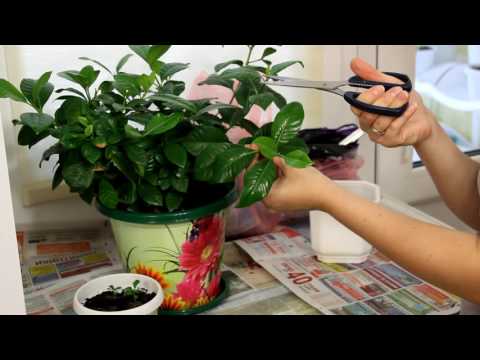

Watch this video on YouTube
Pests and diseases
Often this flower is attacked thrips, spider mites, aphids, and shield... If pests are noticed on the plant, then it is imperative to treat it with an insecticide, for example, decis, intavir, phytoverm or actellik. If the number of pests is small, then it will be enough to spray the gardenia once. However, if there are a lot of them, then the treatments will have to be repeated 3 times, while making an interval between them of 7-10 days.
Possible difficulties
When growing gardenias, you may encounter the following difficulties:
- The flower grows extremely slowly, there are no buds, and the leaves are very pale - insufficient amount of light or essential nutrients.
- Yellowish stains appeared on the foliage - it is necessary to acidify the earth.
- Flowers and buds fall off, leaves wither, and the flower itself wilts - most likely the air temperature is below normal.
- The foliage turns yellow and falls off (or falls off without even turning yellow) - an insufficient amount of moisture in the soil or watering is done with water not warm, as expected, but cold.
- The leaves turn yellow, and they fall off - the plant is watered with cold water or there are temperature drops.
- Falling buds - air humidity is below normal, and this may also be due to the movement of the flower pot from place to place.
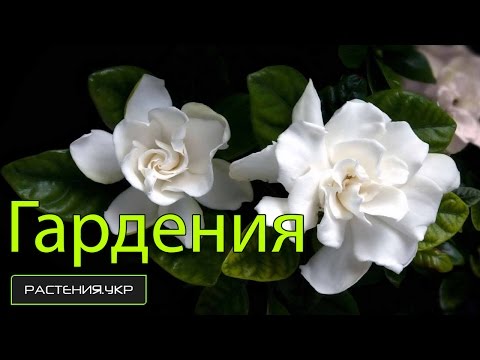

Watch this video on YouTube

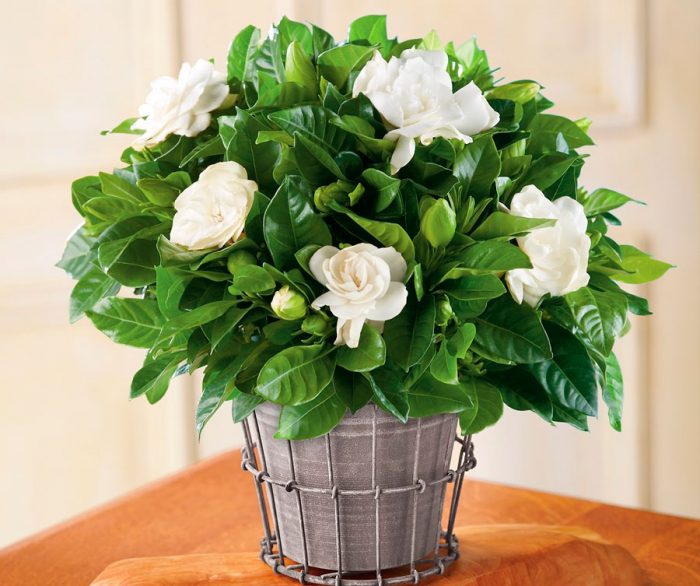
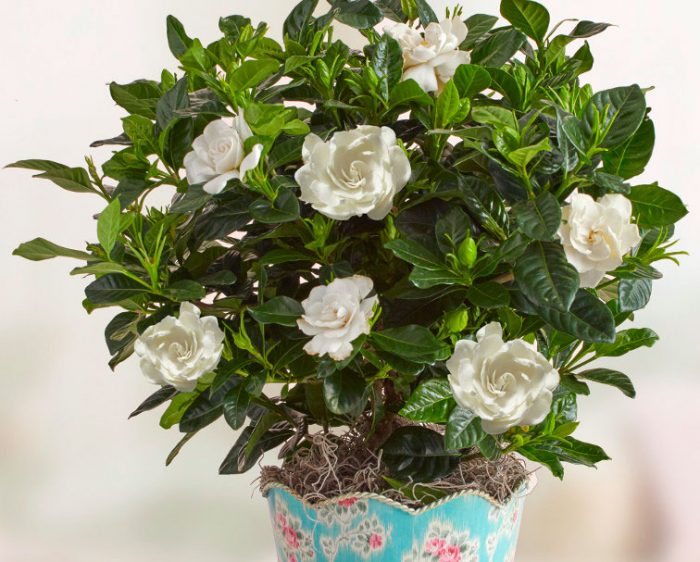
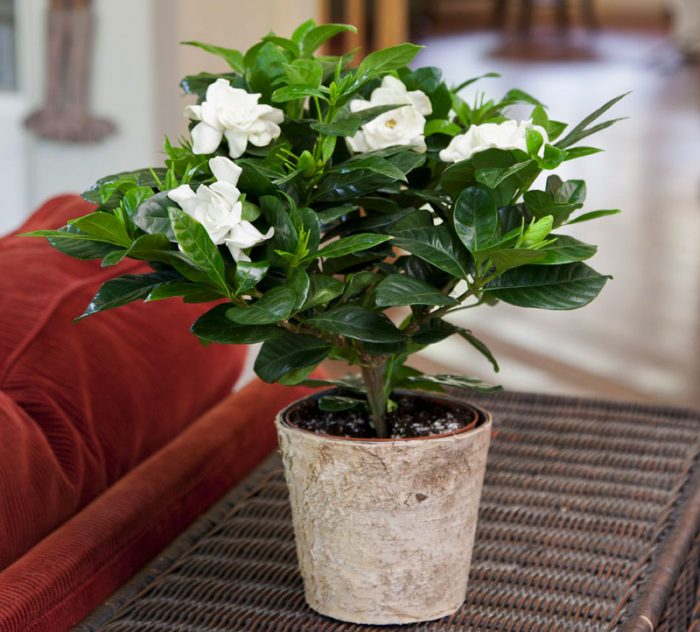
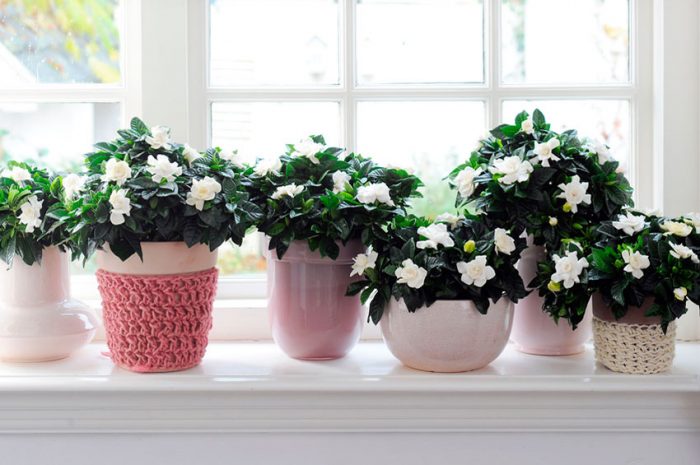
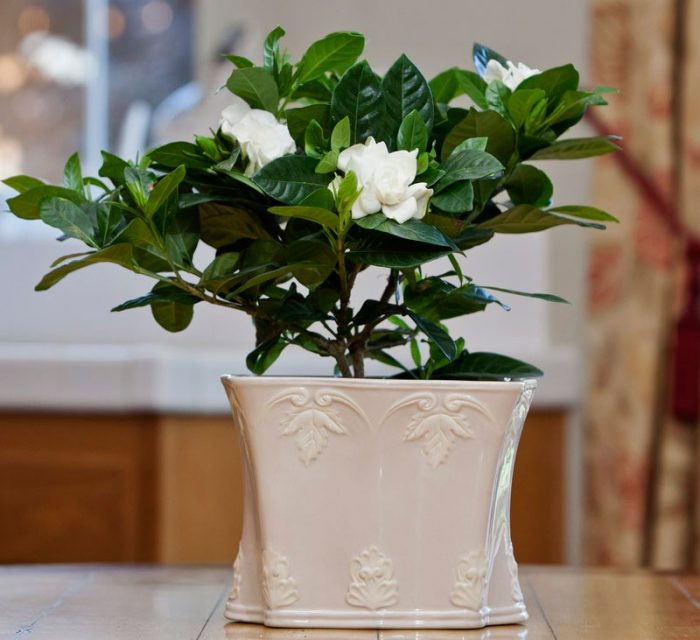
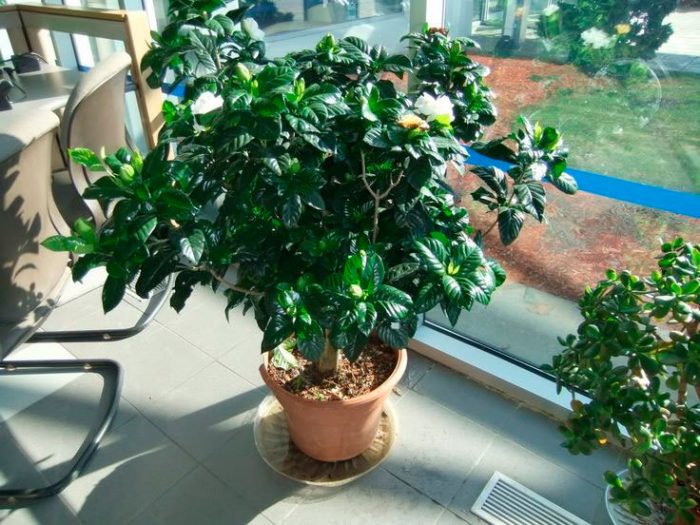
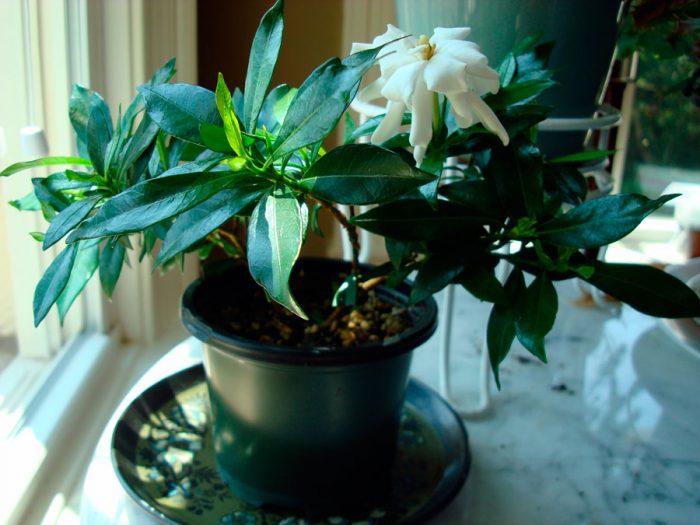
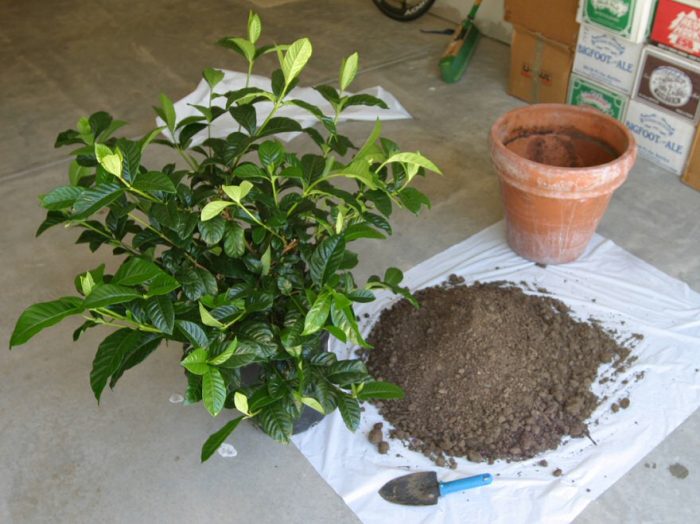
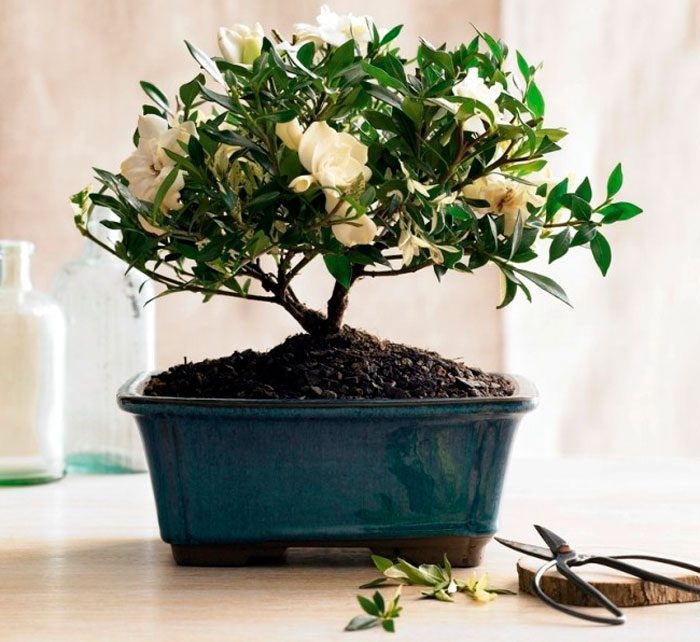
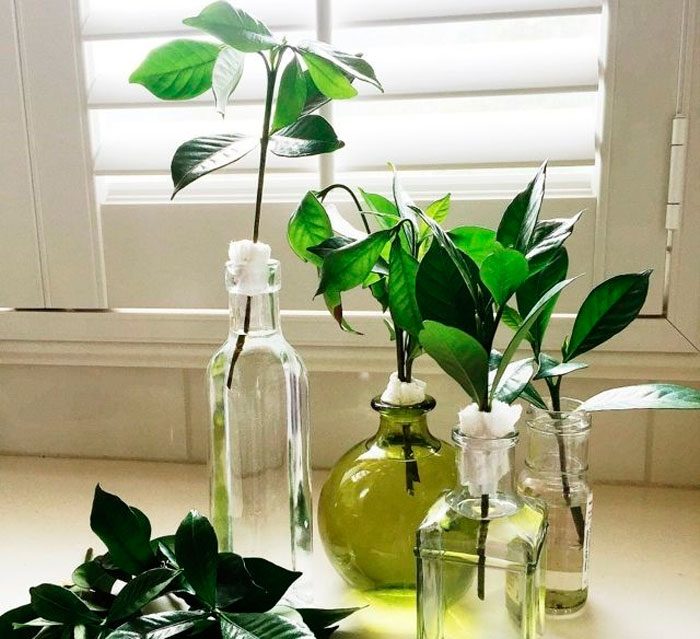
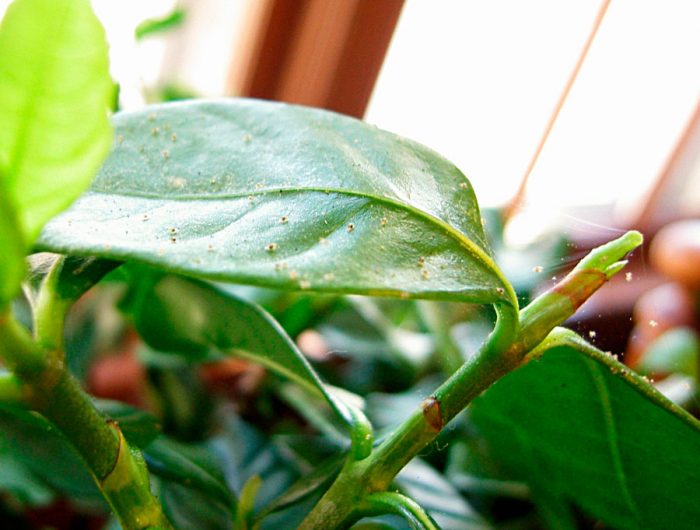

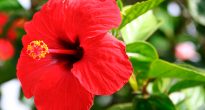
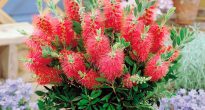

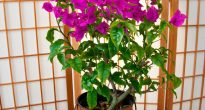

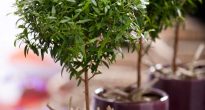

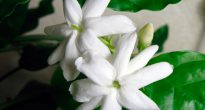


Amazing article and everything is clear.
Thanks for your article! A flower of amazing beauty, it is not surprising that films are made about it
My cutting took root very quickly in the ground without a greenhouse. But it grows very slowly, the conditions are excellent, it grows in the neighborhood of crossandra and aphelandra. They bloom, but the gardenia doesn't want to. Didn't know that I had to pour boiled water
a holiday for me today the first flower of my fortune-telling has opened. I bought a bush in the spring without flowers and it seems without buds I created personal conditions for her, but many leaves were still sick…. but personal lighting and fog and one place is not moving and THAT victory is alive and blooming .. I'm so glad
I was recently given a gardenia. I have read your article carefully and greatly benefited. I hope we will blossom and enjoy life
I was also given a gardenia in November with buds. But until now the buds have not opened. I only watered in a tray.
Presented with closed buds, my apartment is small, it's impossible to breathe! A great advice for those who are sensitive to smells, if you can not stand strong smells, then first find the opened flower and think many times whether this flower is right for you or not! (((I'm already thinking about cutting the flower! I have a lot of blooming flowers , but deliberately propped up odorless! And here such a setup (((and in fact a gift.